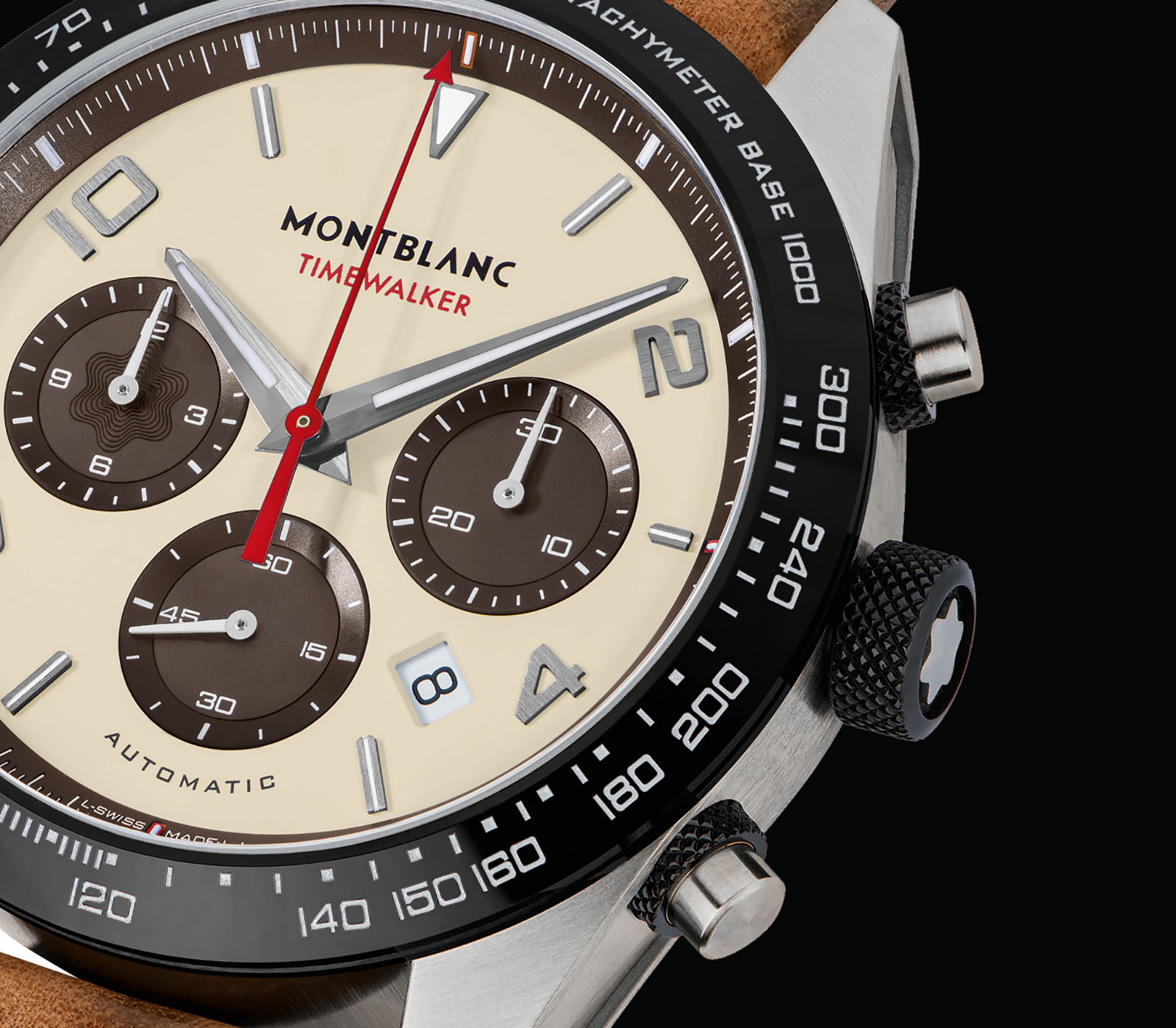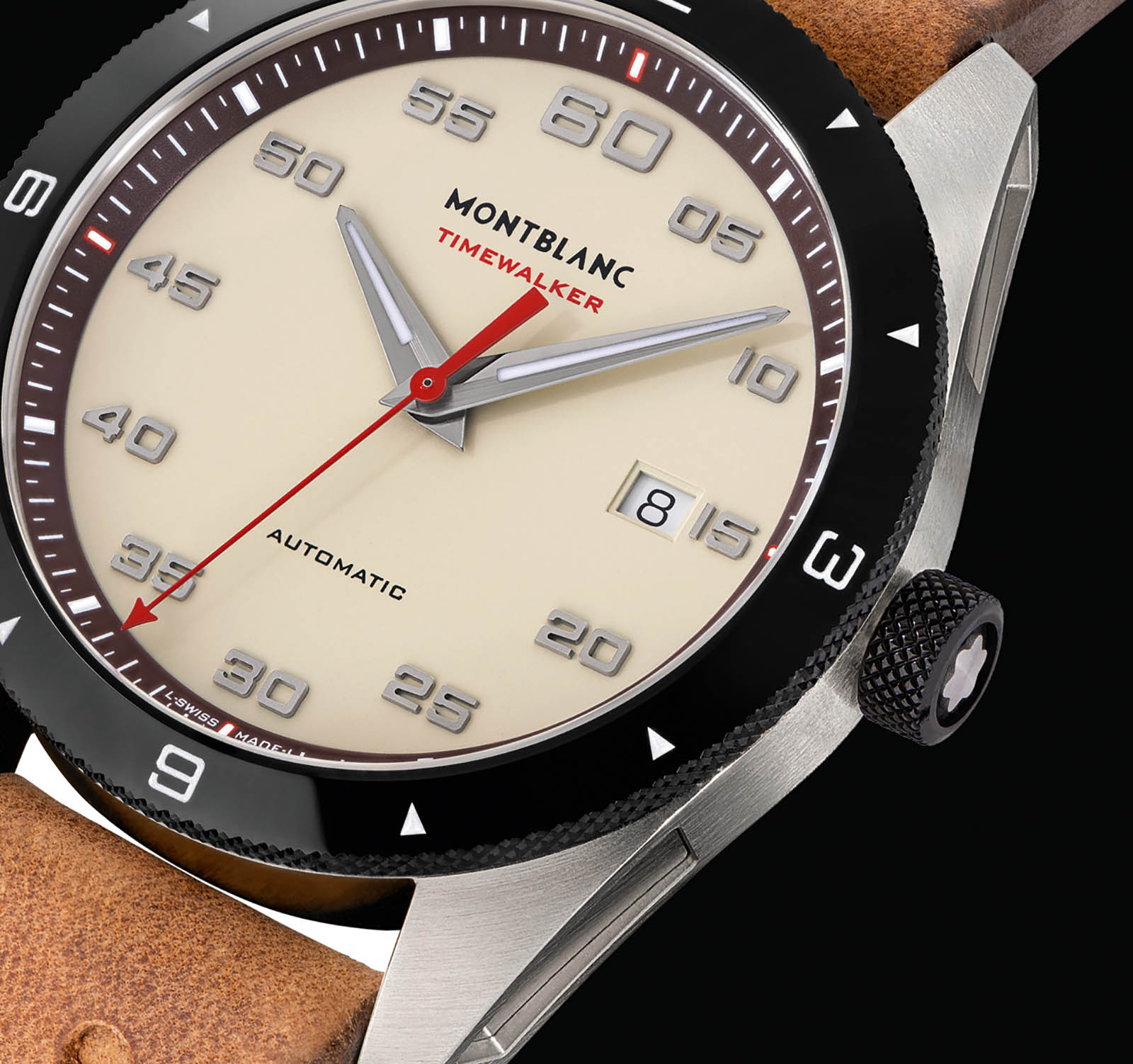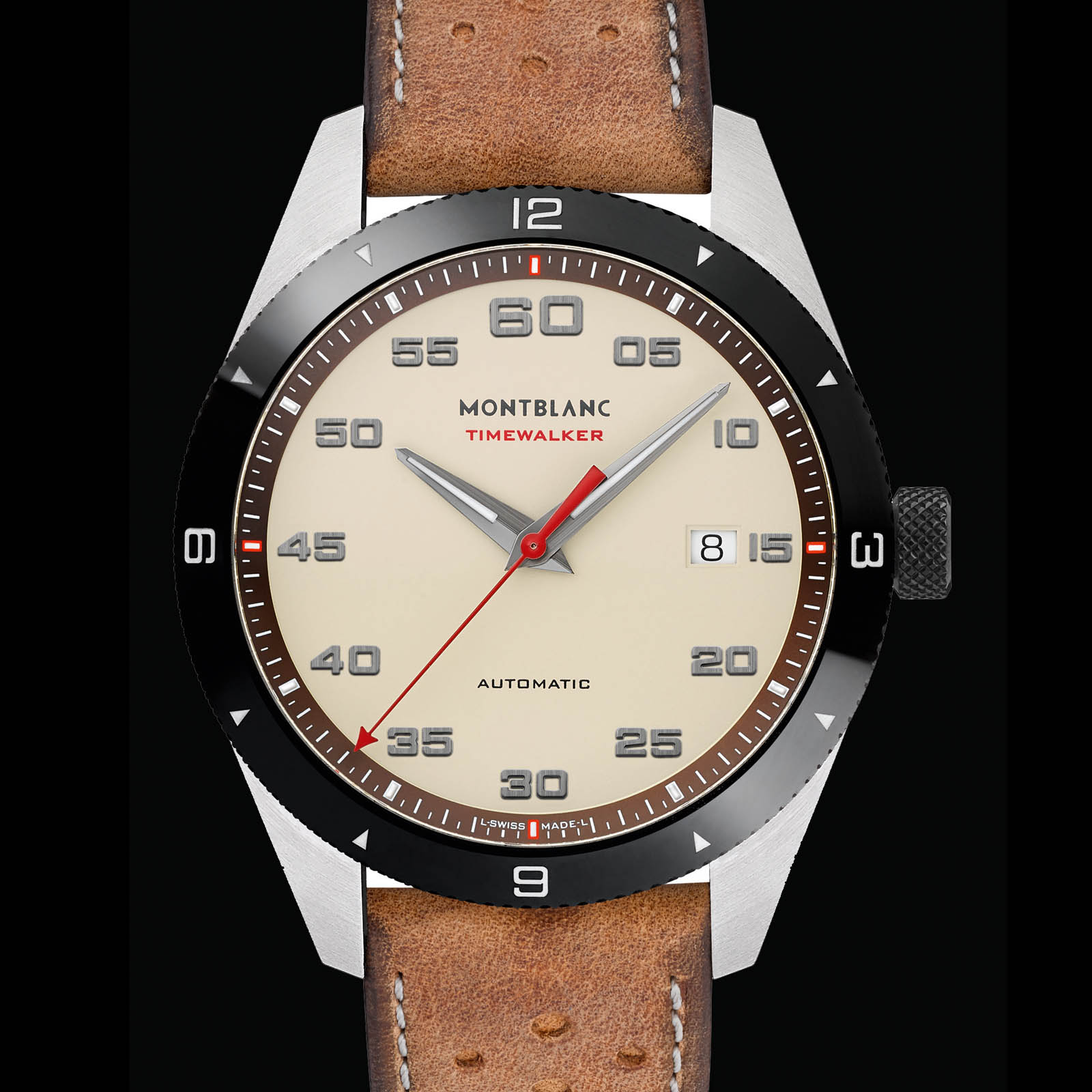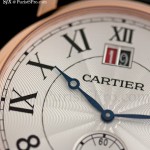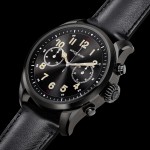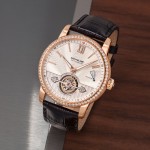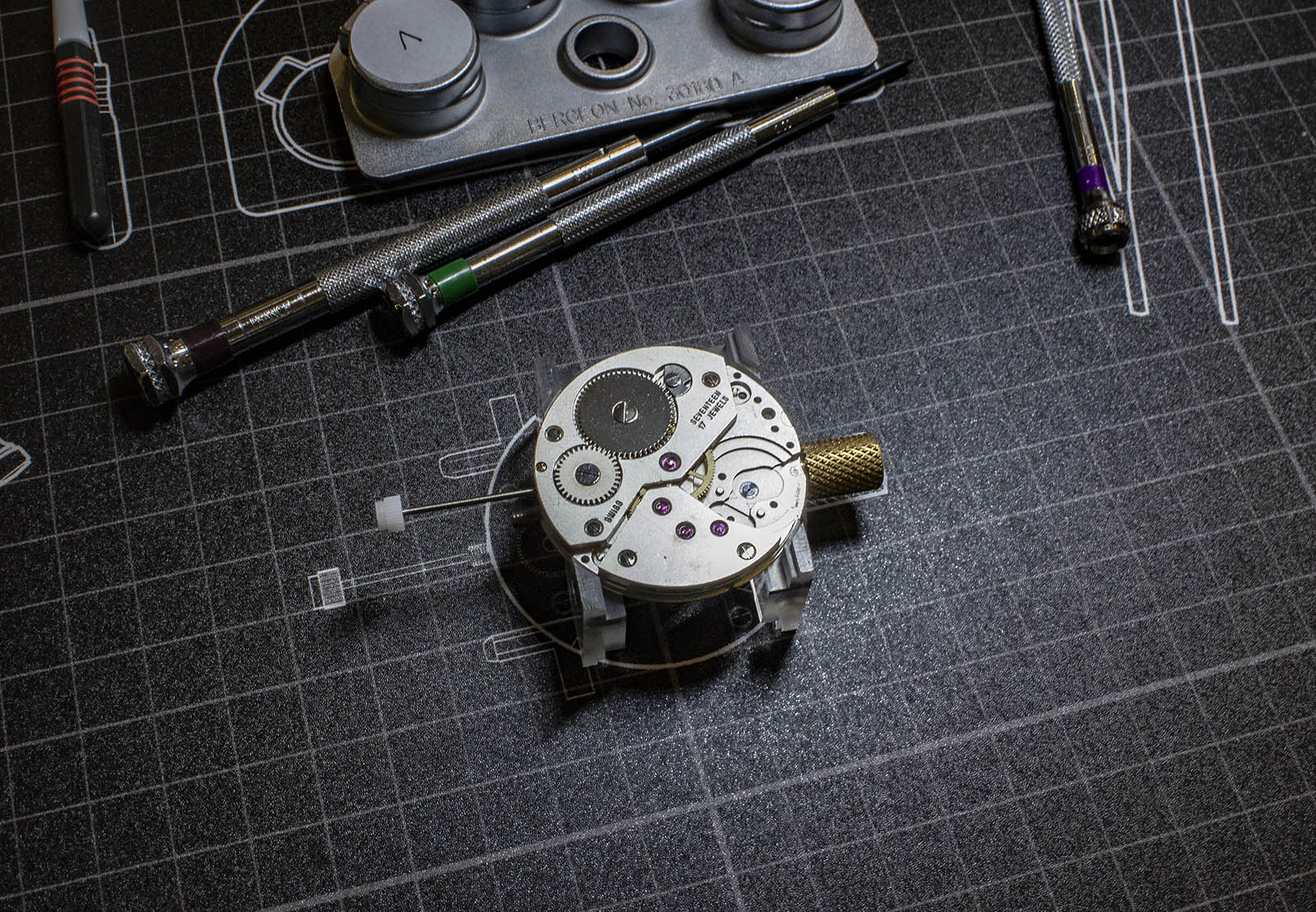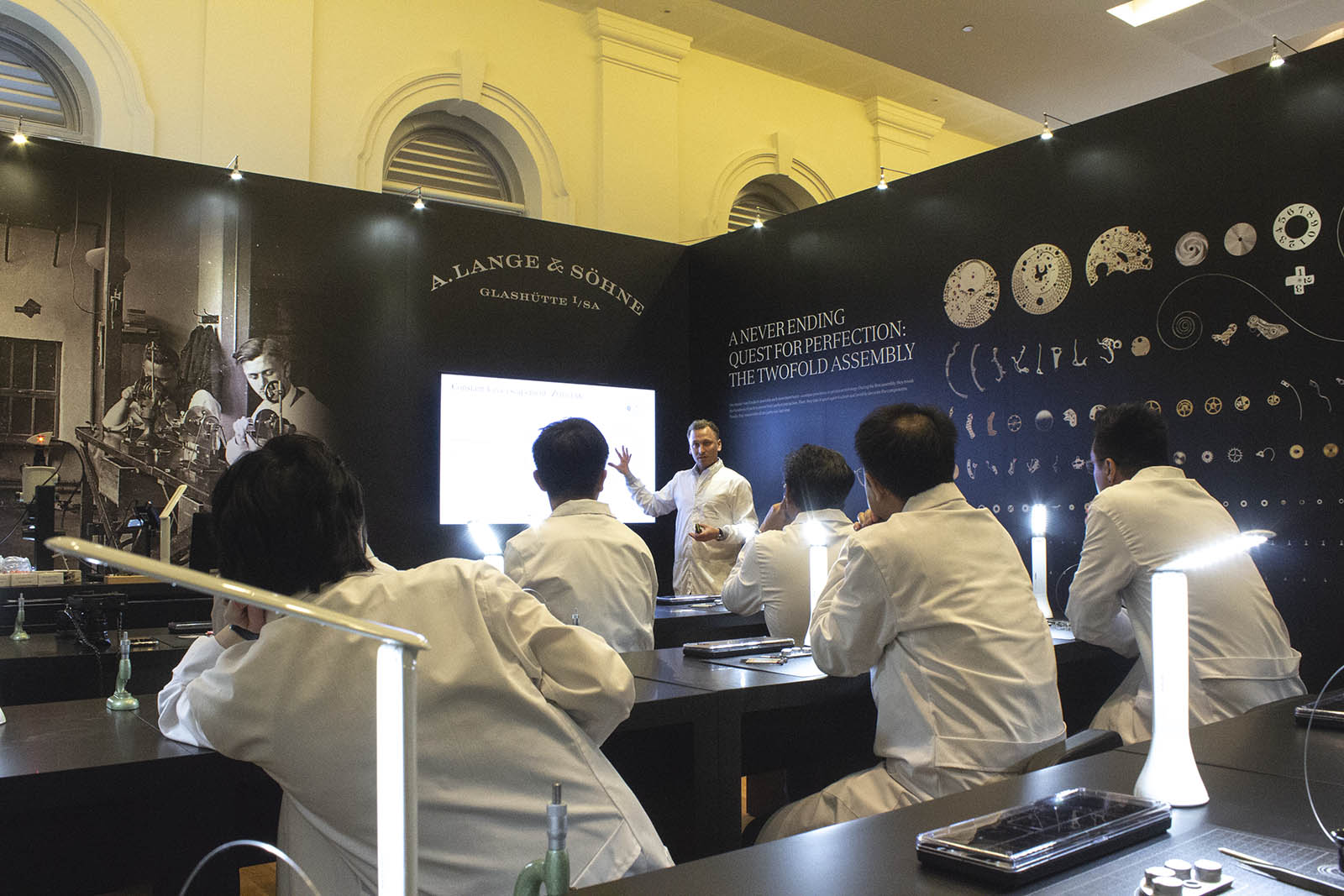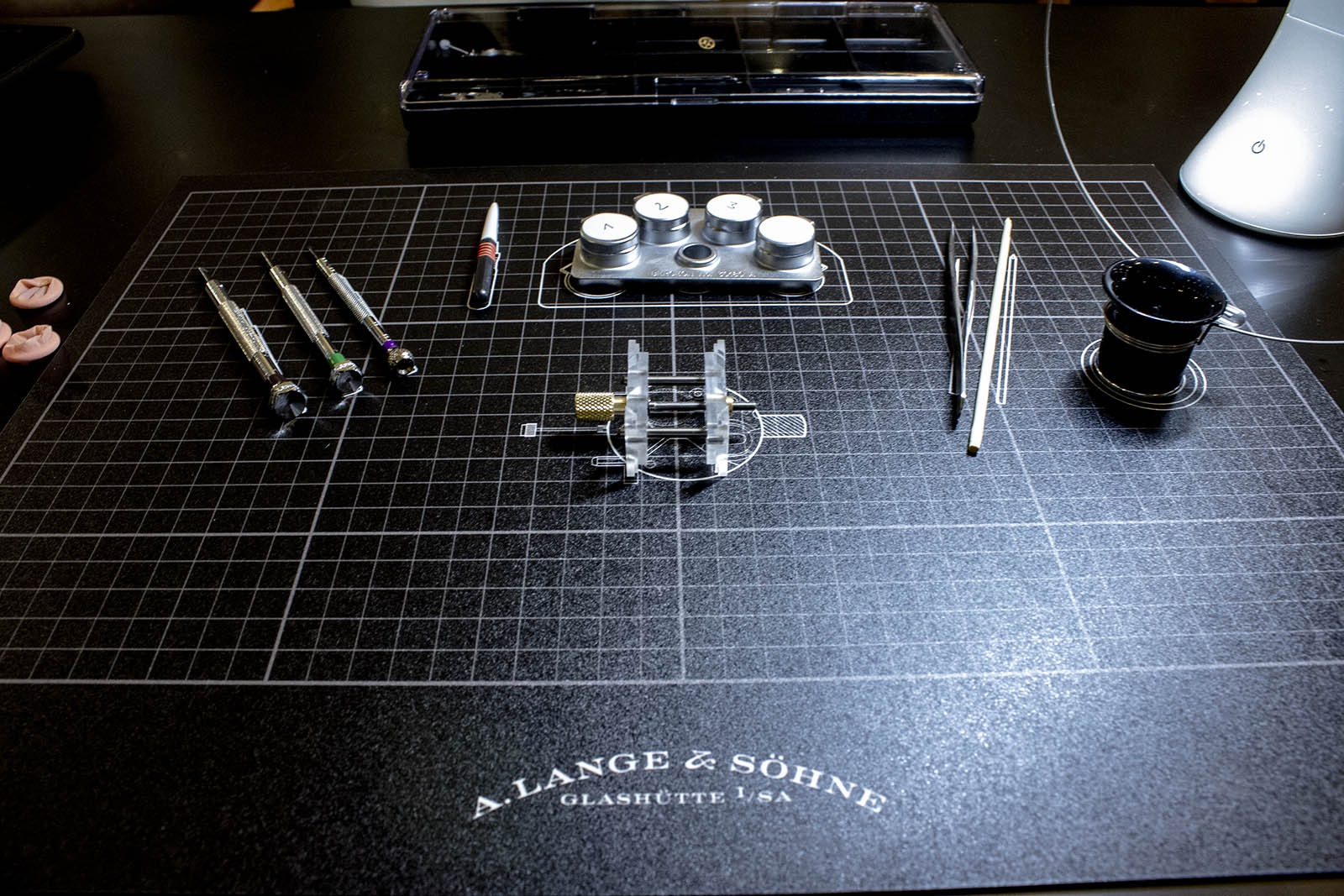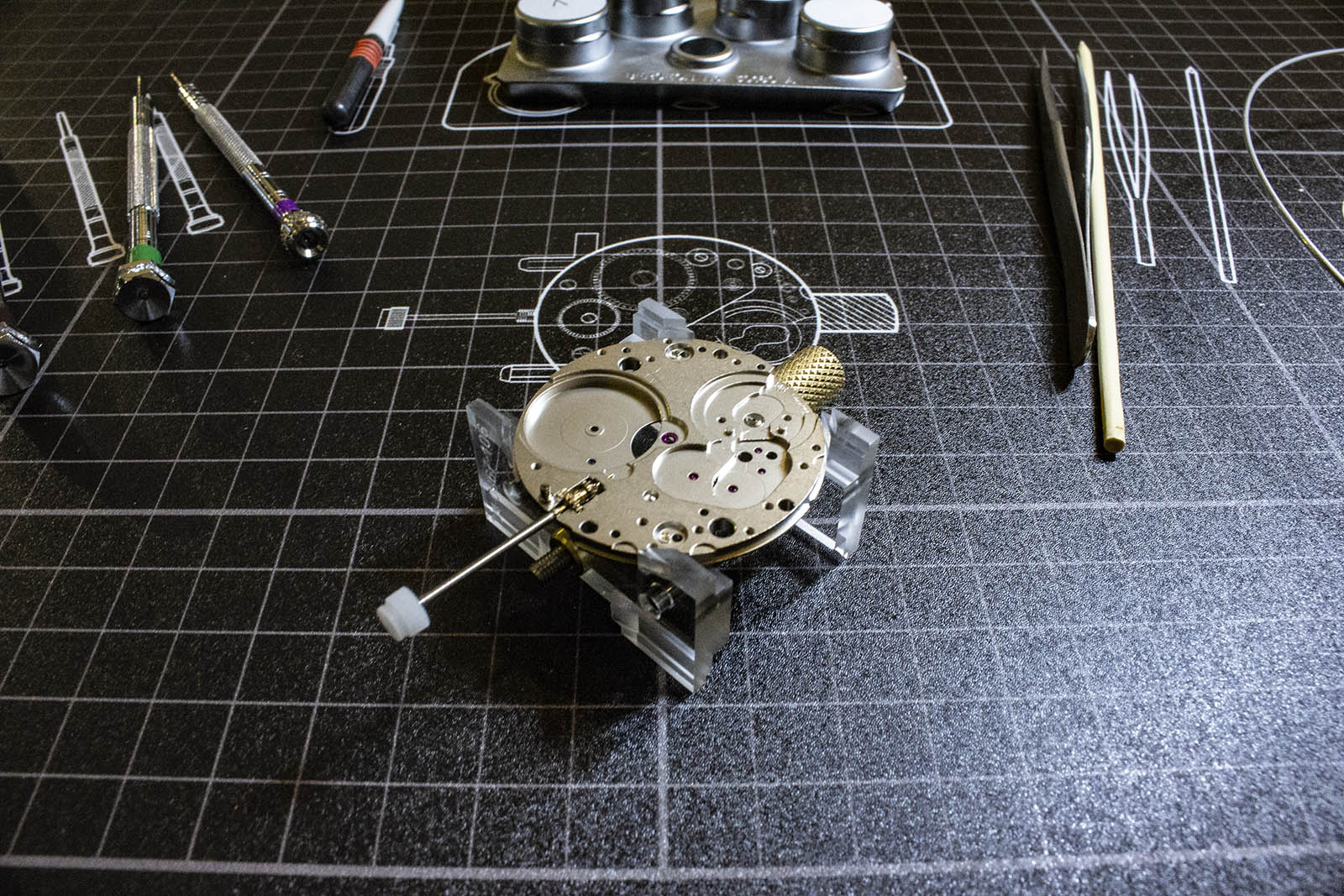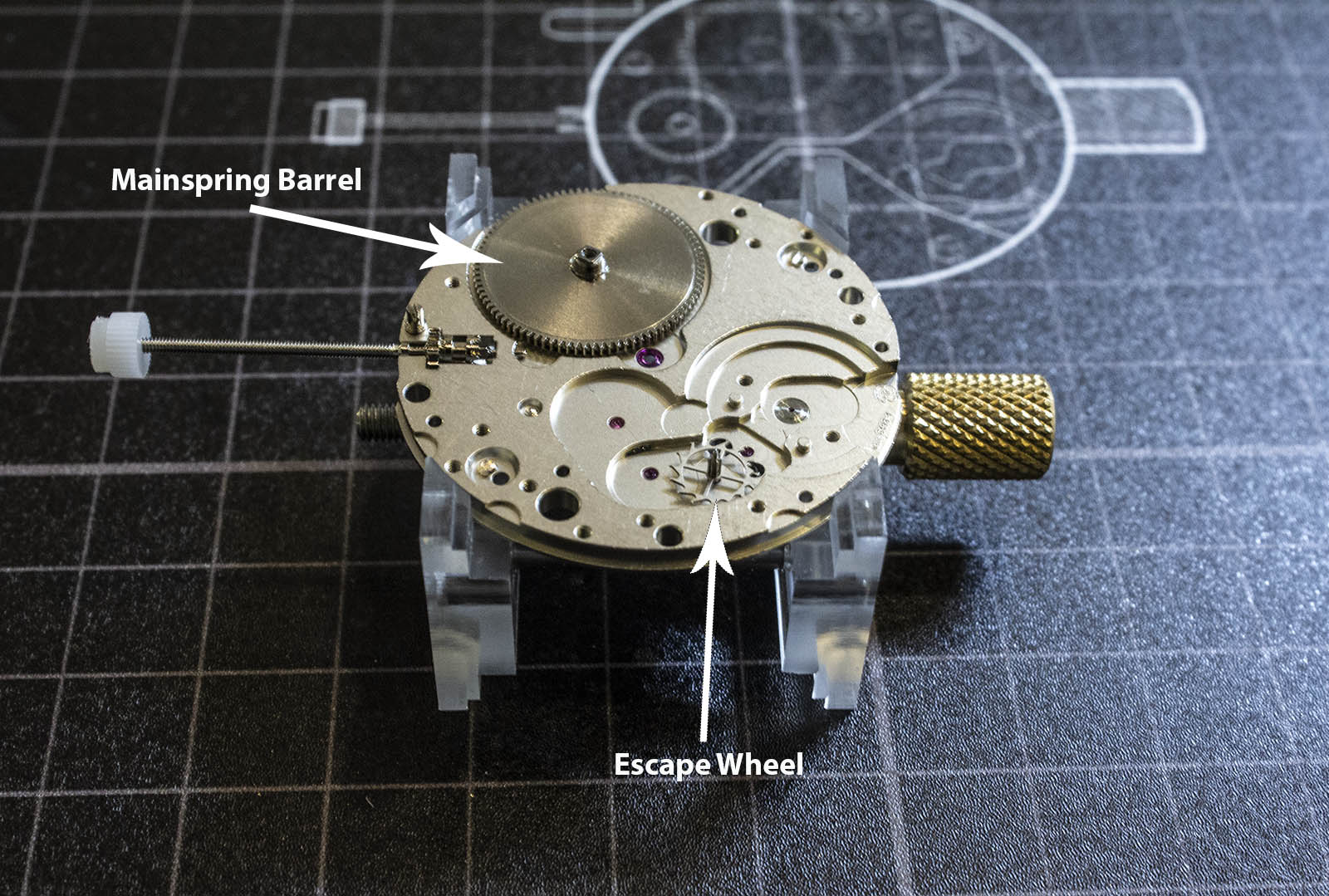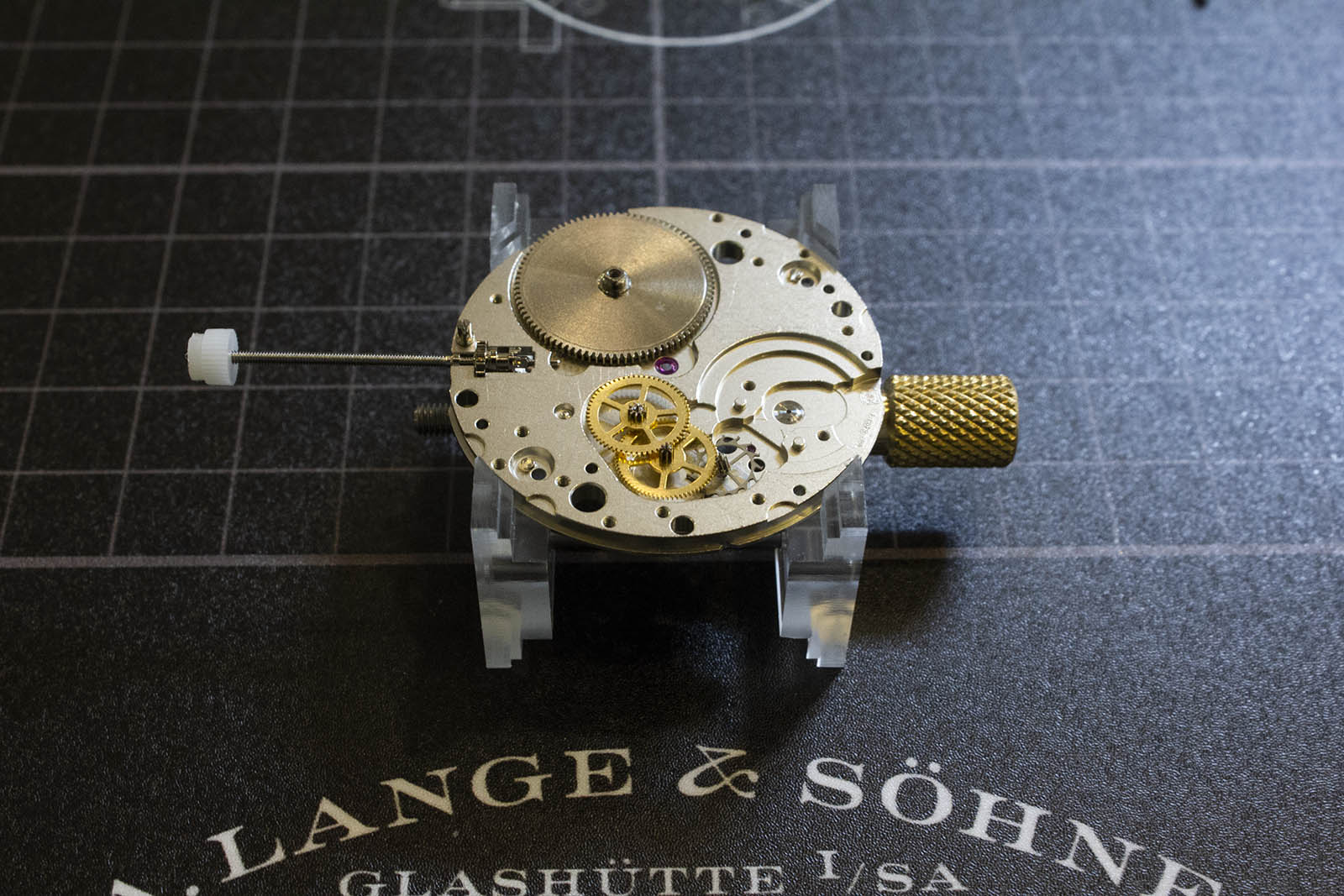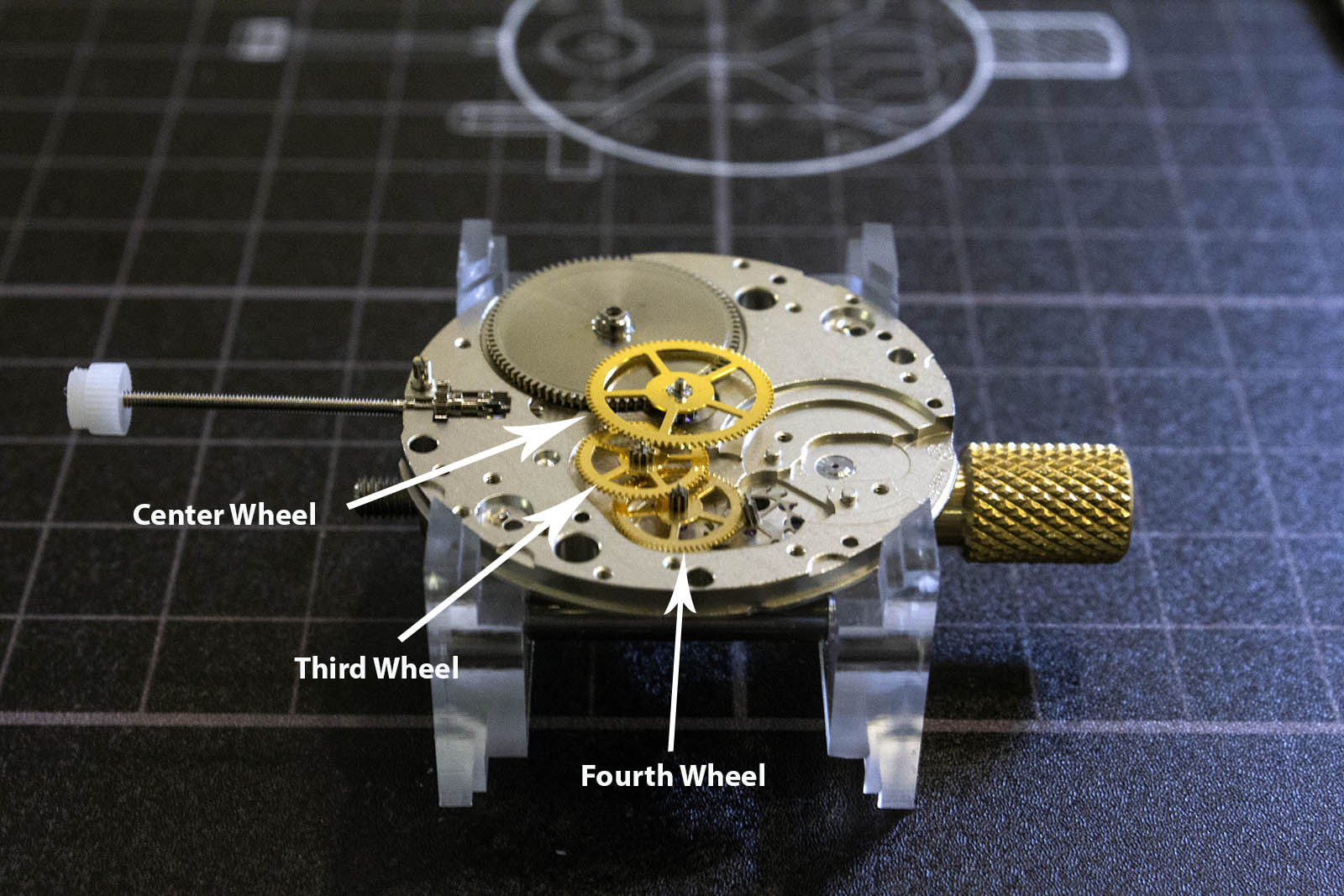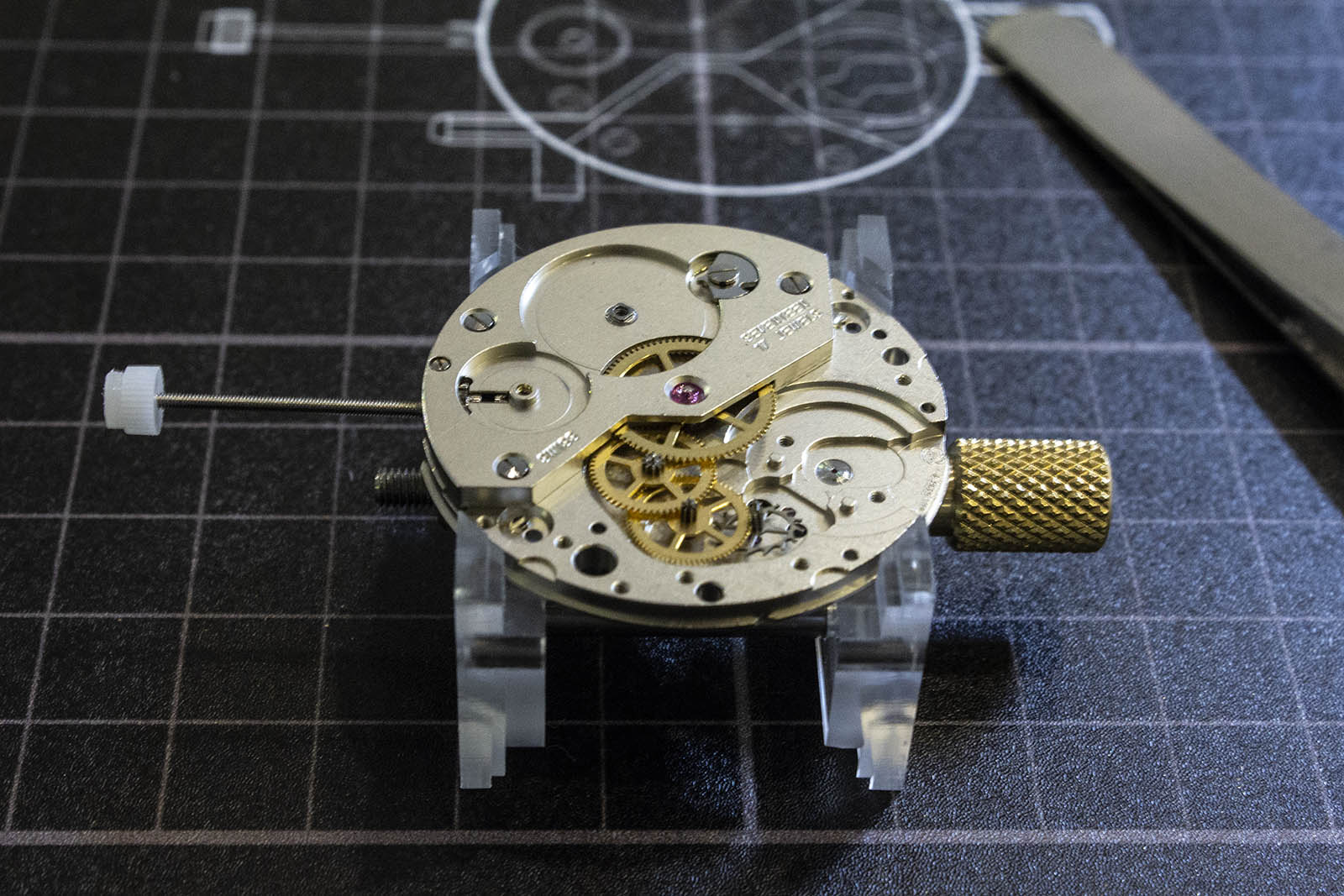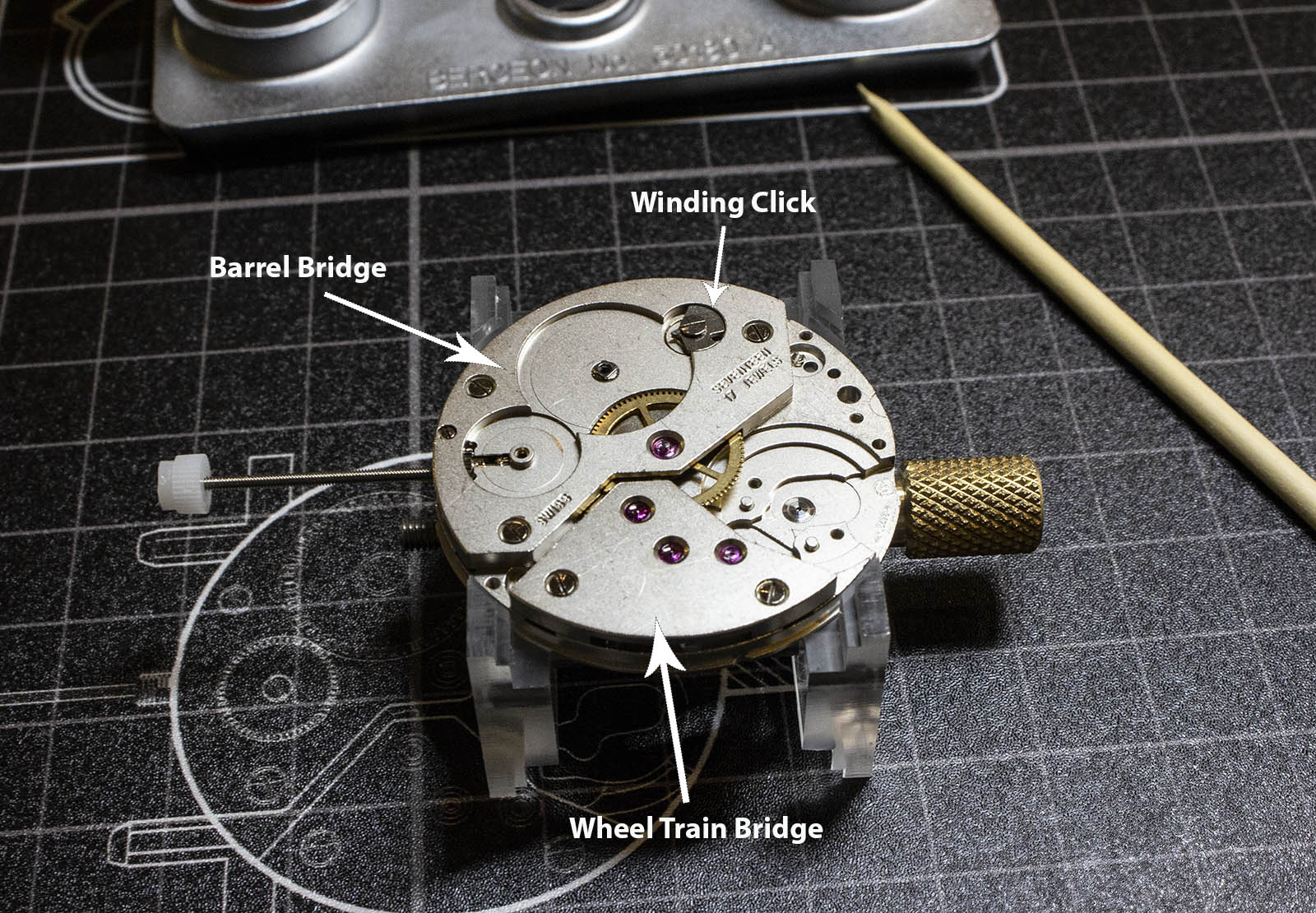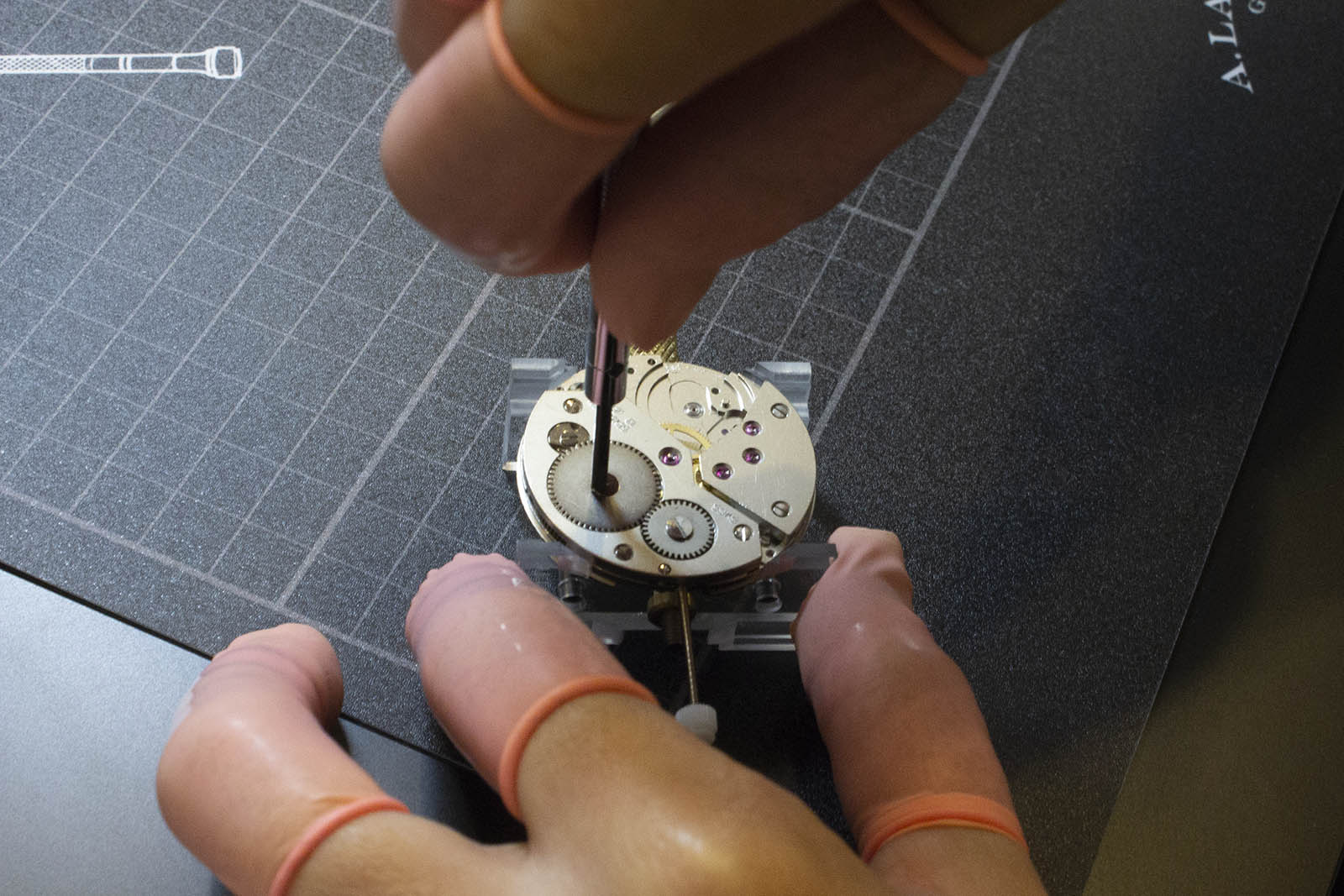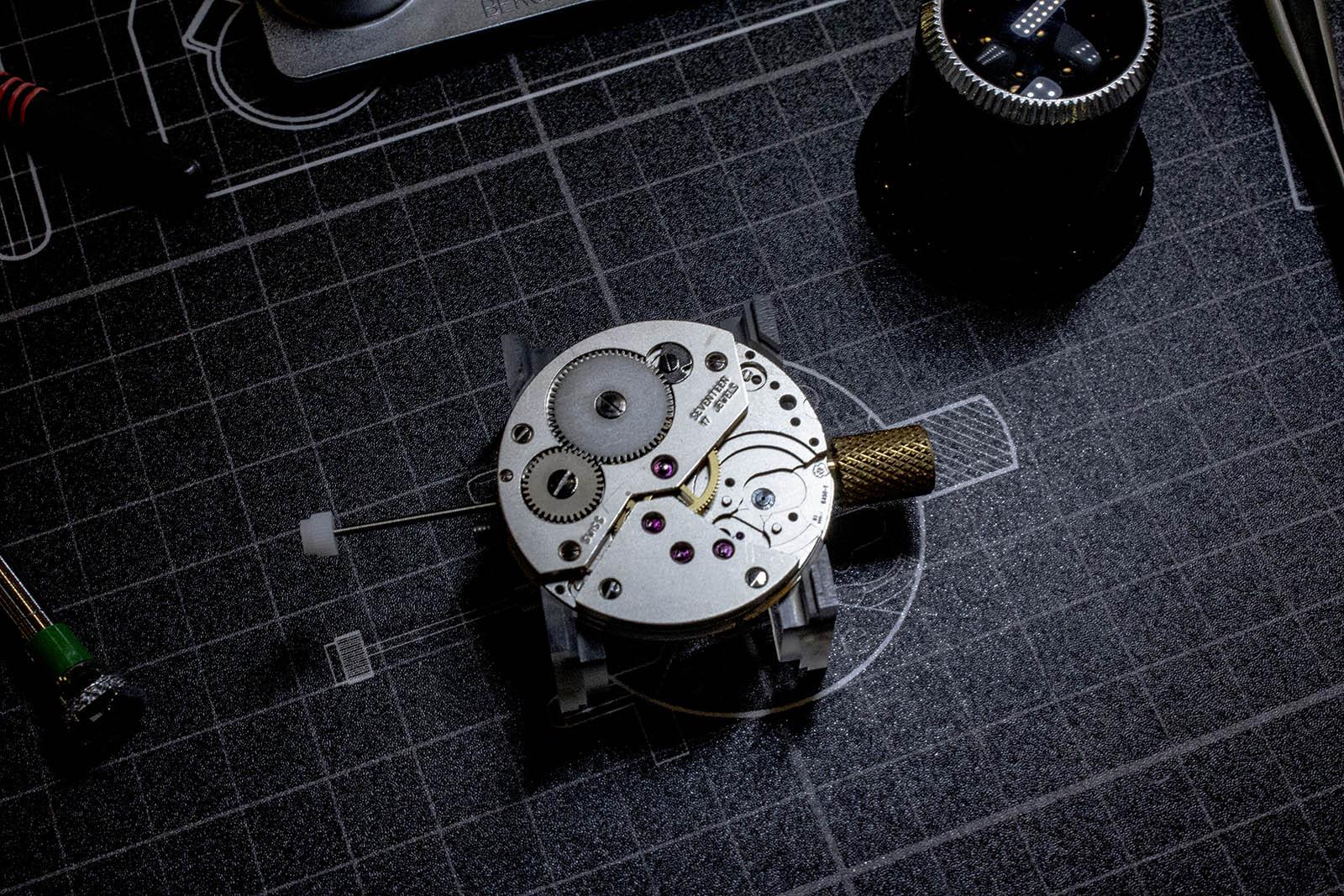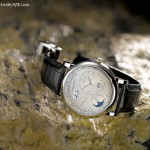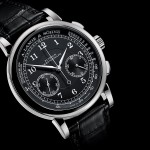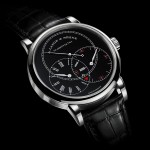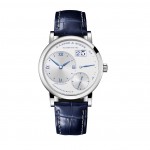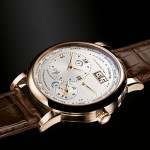Montblanc Introduces the TimeWalker “Cappuccino” Limited Editions
To mark 25 years of the Goodwood Festival.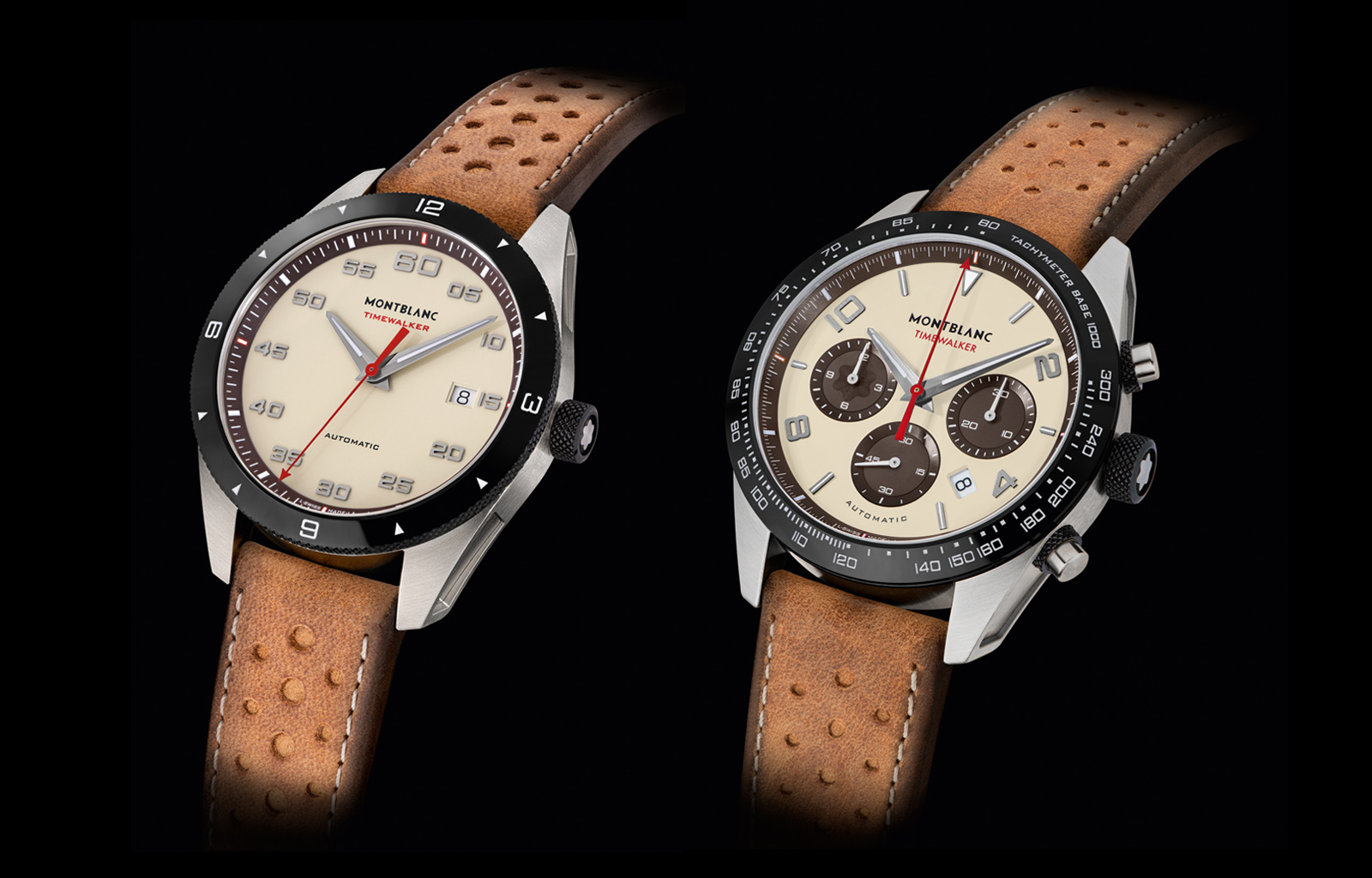
Over the weekend, the Goodwood Festival of Speed (GFOS) took place for the 25th time on the grounds of the eponymously named country mansion. A classic car show and hill climb, the GFOS was, for the second year running, sponsored by Montblanc, which unveiled two limited edition TimeWalker watches to commemorate the event’s anniversary.
Both GFOS watches are vintage-inflected – an aesthetic that shapes Montblanc’s line-up of watches from the simplest to the top of the line Minerva-powered watches. They share what the brand has nicknamed a “Cappuccino” dial, finished in a shade that is meant to mimic the look of vintage “panda” dials that have aged from white to a tone of milk and coffee, a touch that only someone like Montblanc watch designer chief Davide Cerrato can really intuit.
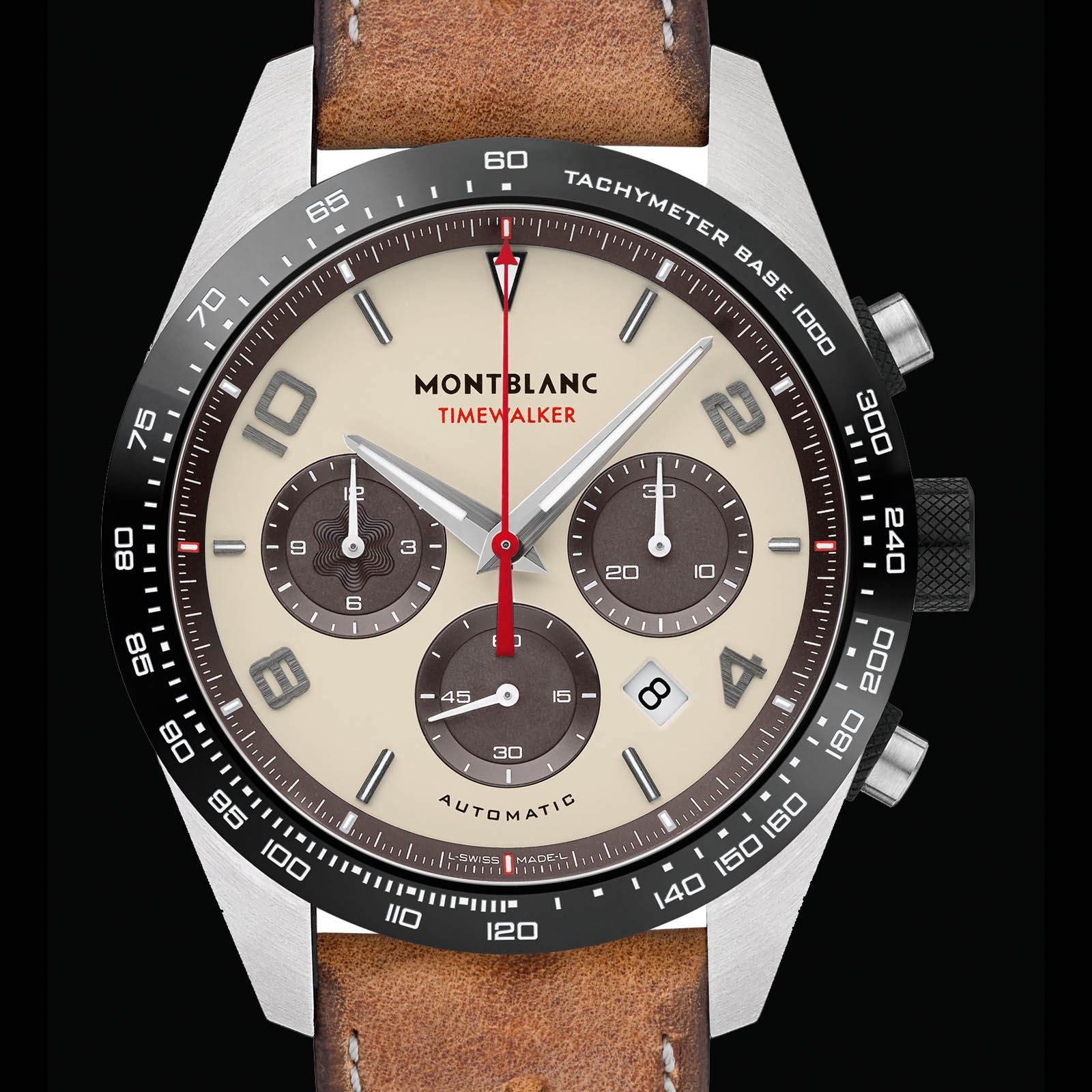
The first is the TimeWalker Manufacture Chronograph, which was first unveiled in a “panda” iteration last year. Its stainless steel case remains the same 43mm in diameter and 15.2mm in height, with decorative recesses on the lug flanks. This time the registers and flange are dark brown, matched with a black ceramic bezel.
While Montblanc chronographs powered by Sellita movements have a “6-9-12” chronograph layout, the TimeWalker sports a “3-6-9”, or “tri-compax”, arrangement with a date display at 4:30.
That’s thanks to the cal. MB 25.10, which is a variant of the IWC cal. 69000. It’s an automatic column wheel chronograph movement with horizontal coupling, offering a 46-hour power reserve. Visible through its smoked sapphire caseback, its winding rotor is in the shape of a steering wheel.
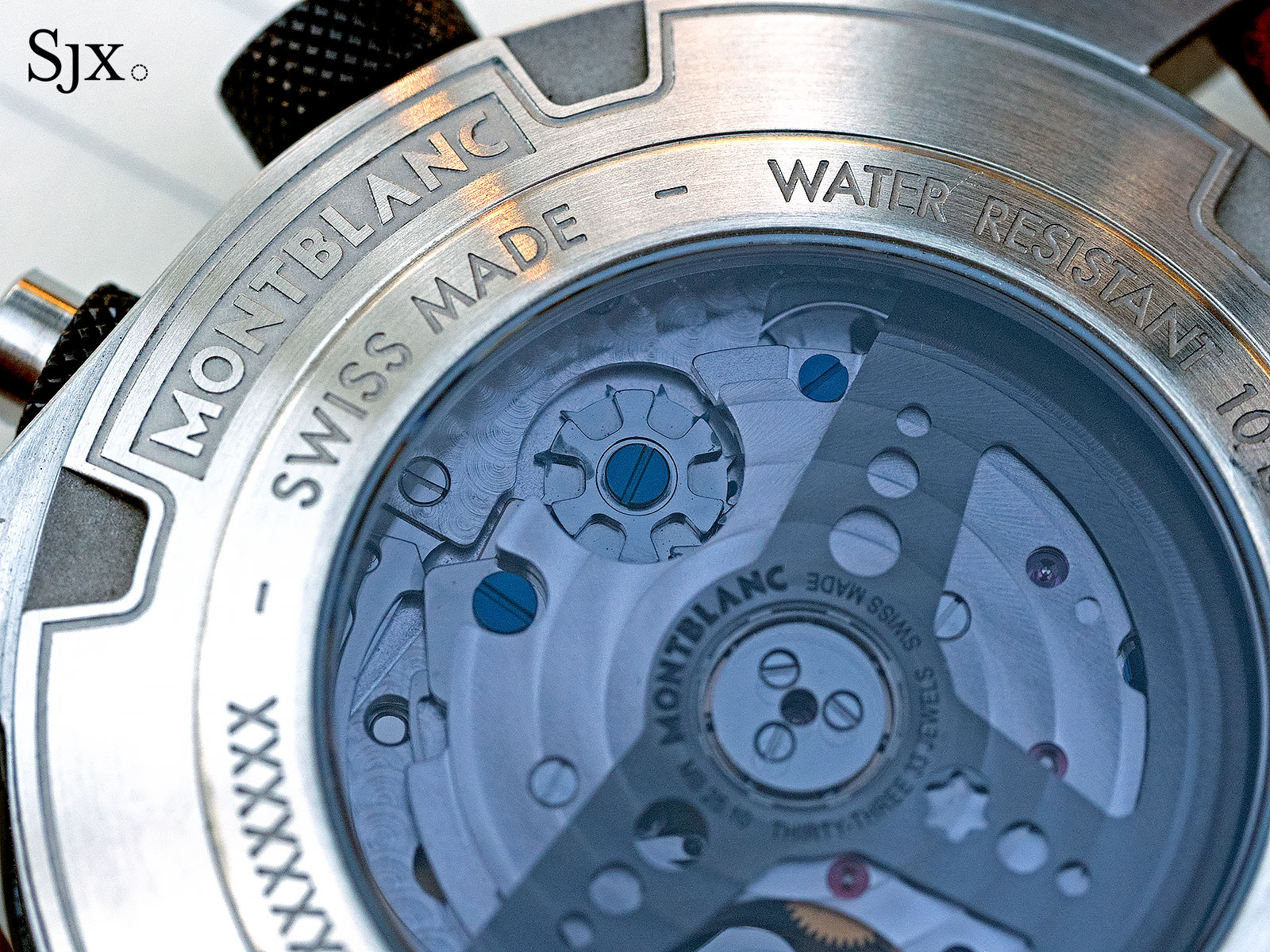
The TimeWalker Manufacture Chronograph “Cappuccino” (ref.118491) is a limited edition of 1500 pieces and priced at US$5400, or S$7900.
The next watch is the entry-level TimeWalker Date Automatic. It shares the same “Cappuccino” colour scheme, with a beige dial and a brown flange. The styling is inspired by dashboard instruments, leaving the dial with minute numbers instead of hour markers – a feature drawn from early 20th-century stopwatches made by Minerva (which only recorded elapsed time, and did not indicate the time).
While it isn’t a stopwatch, the TimeWalker Date has a unidirectional rotating bezel in glossy black ceramic that can be used for keeping track of elapsed times.
Size-wise, it is smaller at 41mm wide and 11.38mm thick, but with the same case style and finished as the chronograph. It is powered by the automatic cal. MB 24.17 movement, which is a Sellita SW200-1.
The TimeWalker Date Automatic (ref. 118494) is limited to 500 pieces and is priced at US$2885, or S$4300.
Back to top.

